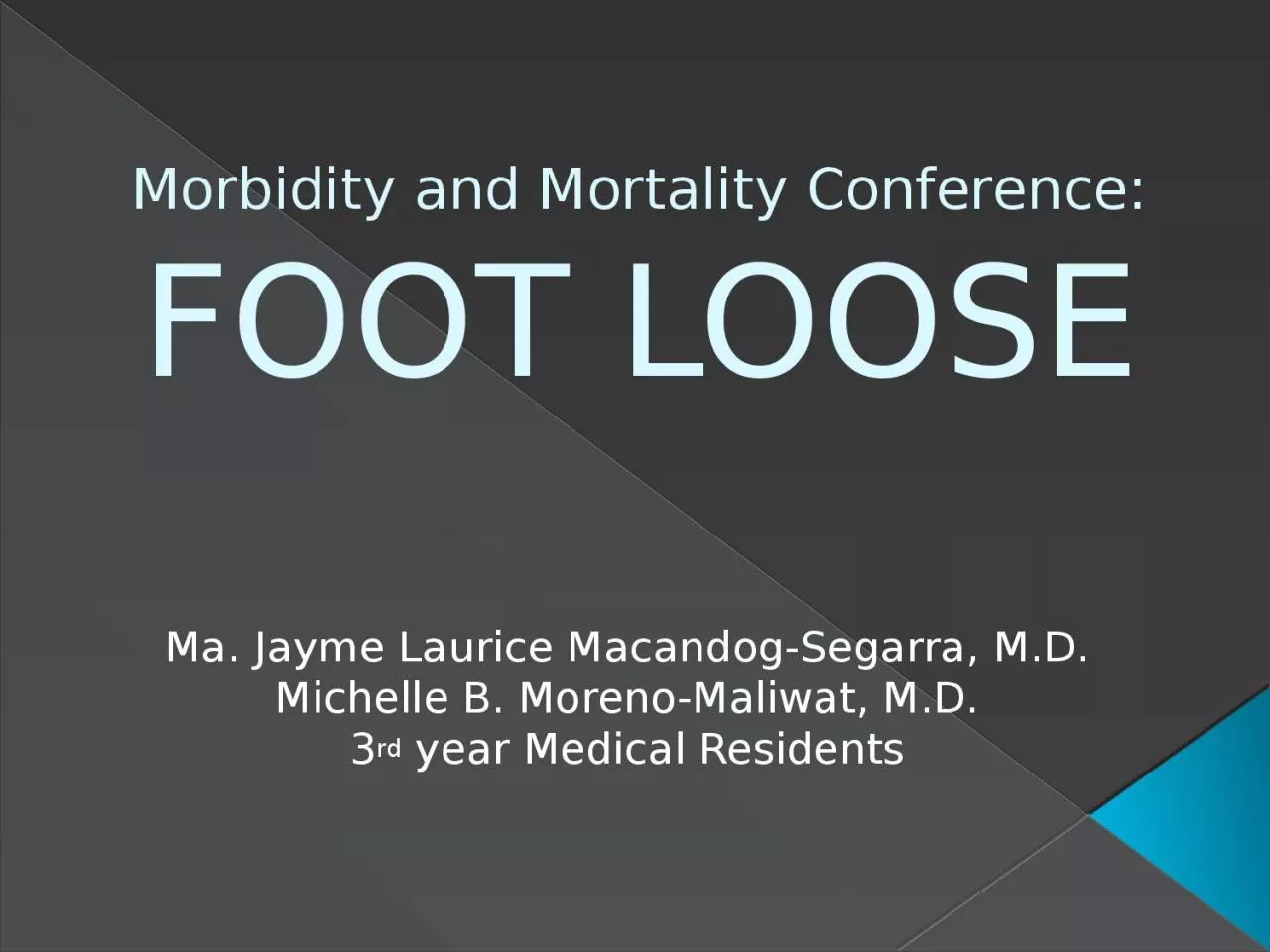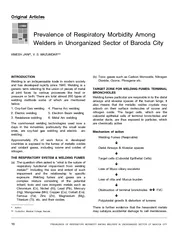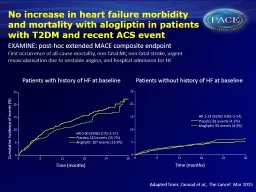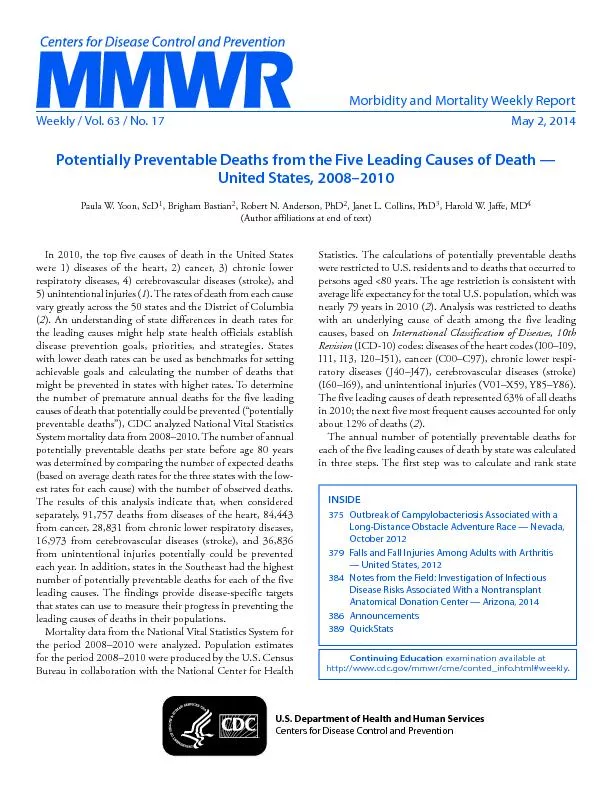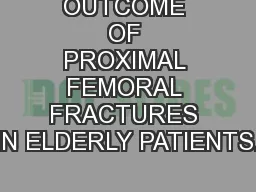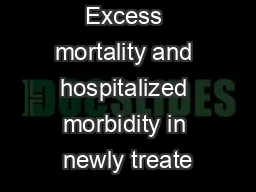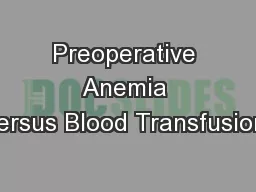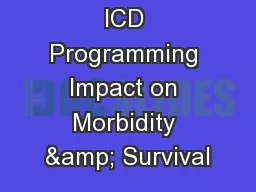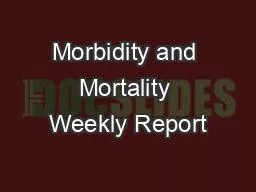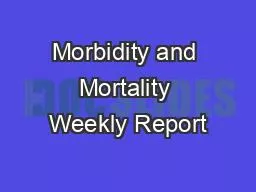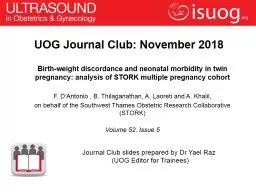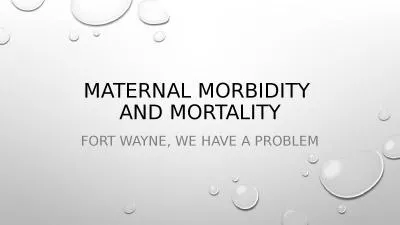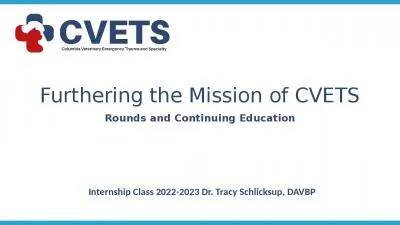PPT-Morbidity and Mortality Conference:
Author : rosemary | Published Date : 2022-06-15
FOOT LOOSE Ma Jayme Laurice MacandogSegarra MD Michelle B Moreno Maliwat MD 3 rd year Medical Residents OBJECTIVES To present a case of diabetic foot who developed
Presentation Embed Code
Download Presentation
Download Presentation The PPT/PDF document "Morbidity and Mortality Conference:" is the property of its rightful owner. Permission is granted to download and print the materials on this website for personal, non-commercial use only, and to display it on your personal computer provided you do not modify the materials and that you retain all copyright notices contained in the materials. By downloading content from our website, you accept the terms of this agreement.
Morbidity and Mortality Conference:: Transcript
Download Rules Of Document
"Morbidity and Mortality Conference:"The content belongs to its owner. You may download and print it for personal use, without modification, and keep all copyright notices. By downloading, you agree to these terms.
Related Documents

